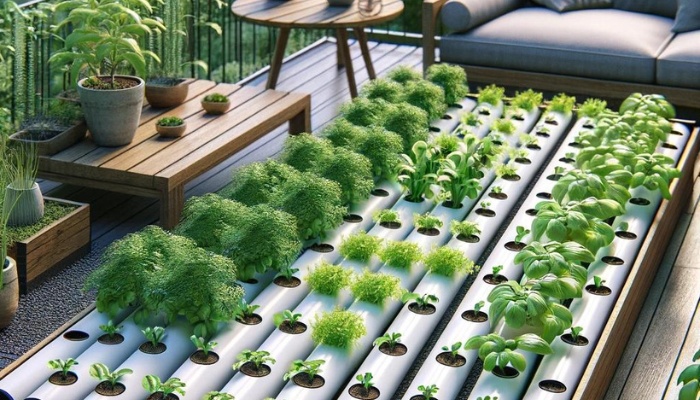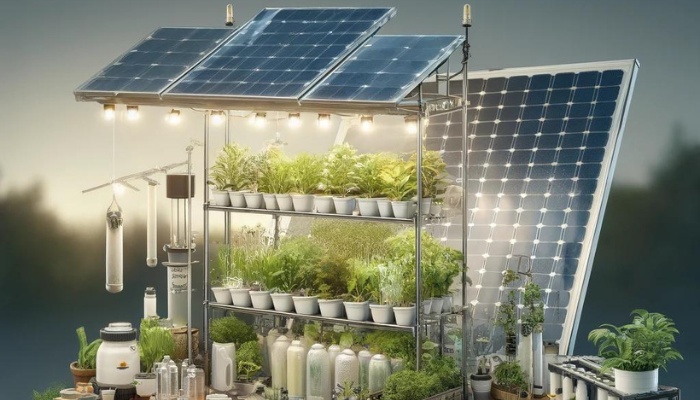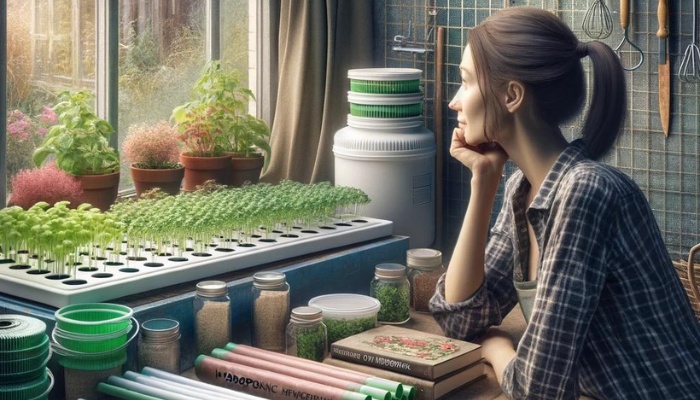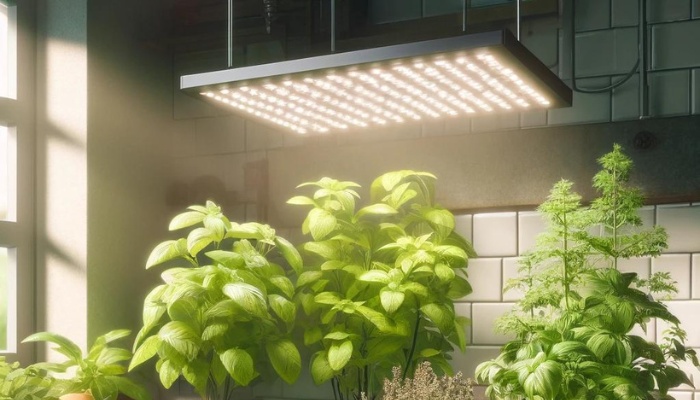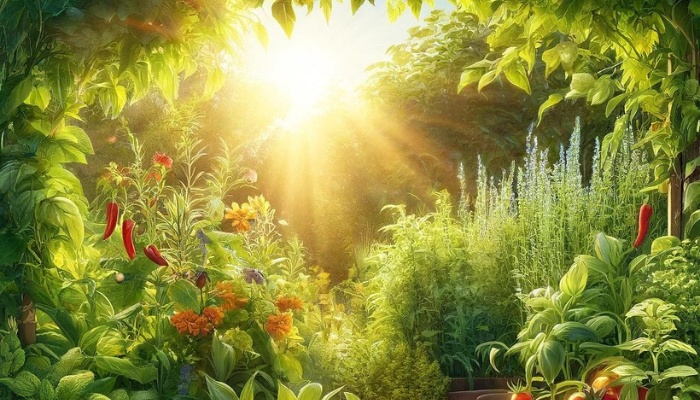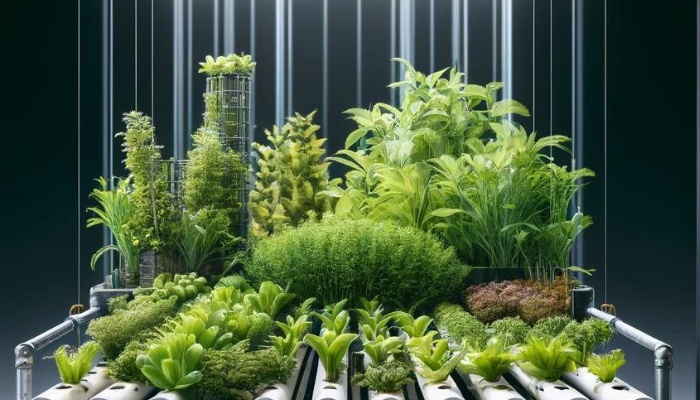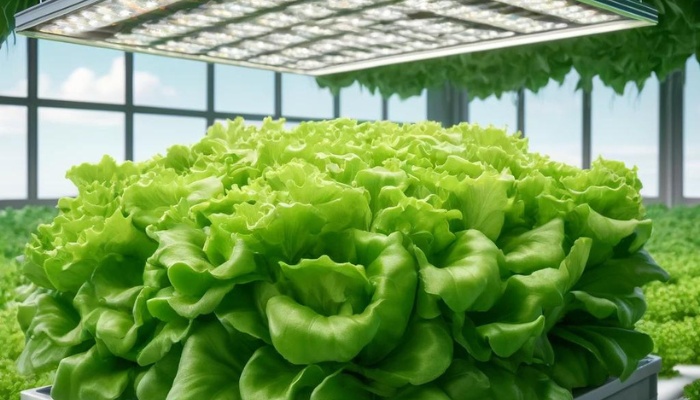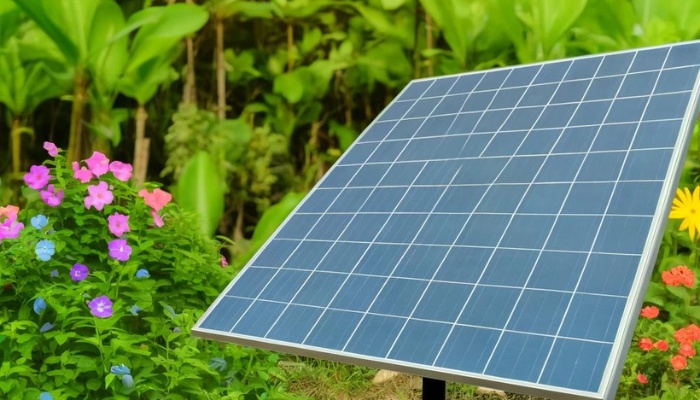Outdoor Hydroponics | Must-Know Tips for Optimal Growth
For optimal growth in outdoor hydroponics, select a scalable system that aligns with your plant’s needs and environmental conditions. Water quality is very important; maintain a pH between 5.5 and 6.5, and keep the temperature at 65°F-72°F for nutrient uptake. Oxygenation through air stones or pumps is essential for root health. Nutrient management requires vigilant …

